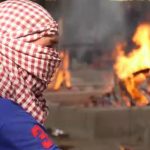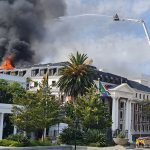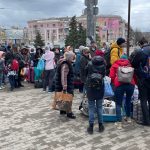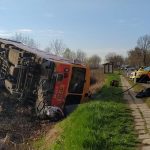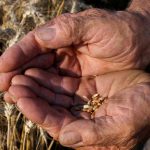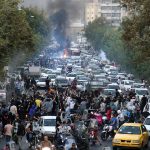This is one of the worst parts of the world for an earthquake to happen.
The region straddles geopolitical fault lines as much as geological.
Politics is likely to hinder efforts to get desperately needed aid to those who need it. A bitter legacy of civil war, sectarian strife and ethnic tension may only hamper the aid effort.
Trapped residents unreachable after earthquake amid freezing weather – latest updates
The harrowing pictures we have seen so far are mostly from the Turkish areas destroyed by the quake, but it is across the border in northwest Syria where the biggest challenge will come.
As the Syrian civil war turned against them, rebel groups have been kettled in the area of Idlib.
Even in the best of times, aid supplied to Idlib’s vast refugee camps has been restricted from the south by the Assad regime, its forces stealing supplies and cutting them off capriciously.
From the north there is only one crossing point, itself badly damaged in the earthquake.
Then in southern Turkey itself there are millions of Syrian refugees in camps surrounding the town of Gaziantep, the epicentre of the first earthquake.
There has been enormous damage and loss of life but if the refugees are seen as being given more help than their hosts’ relief, it may cause resentment and aggravate existing tensions.
And there are the ethnic tensions within Turkey too. The region has a large Kurdish minority.
Read more:
Three British nationals missing, foreign secretary confirms
What is an aftershock – and why are mass landslides now likely?
In previous earthquakes, Kurds have suffered disproportionately from shoddy, poorly built housing and have blamed the Turkish government and corruption for it.
That has led to rioting and fuelled friction with authorities.
As others have in the past, this earthquake may exacerbate existing friction above ground and that will not help the effort to bring aid and relief to those in desperate need of help.


